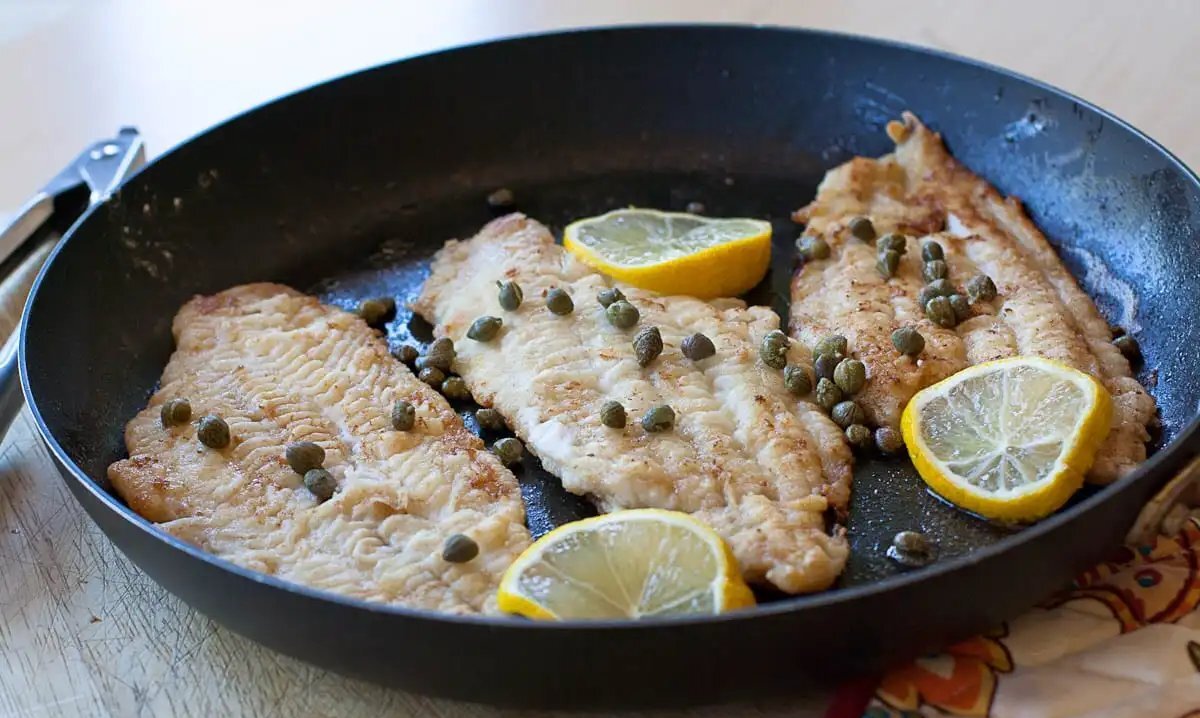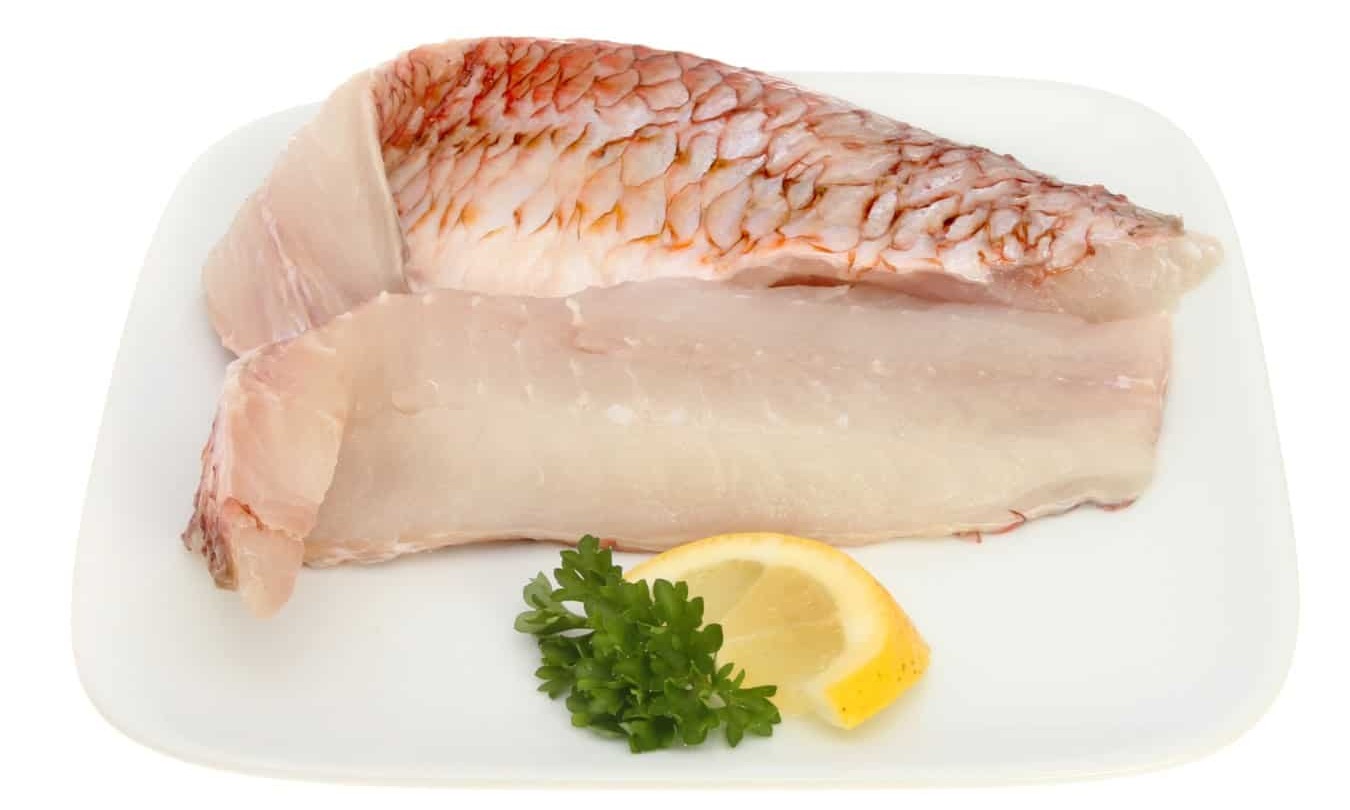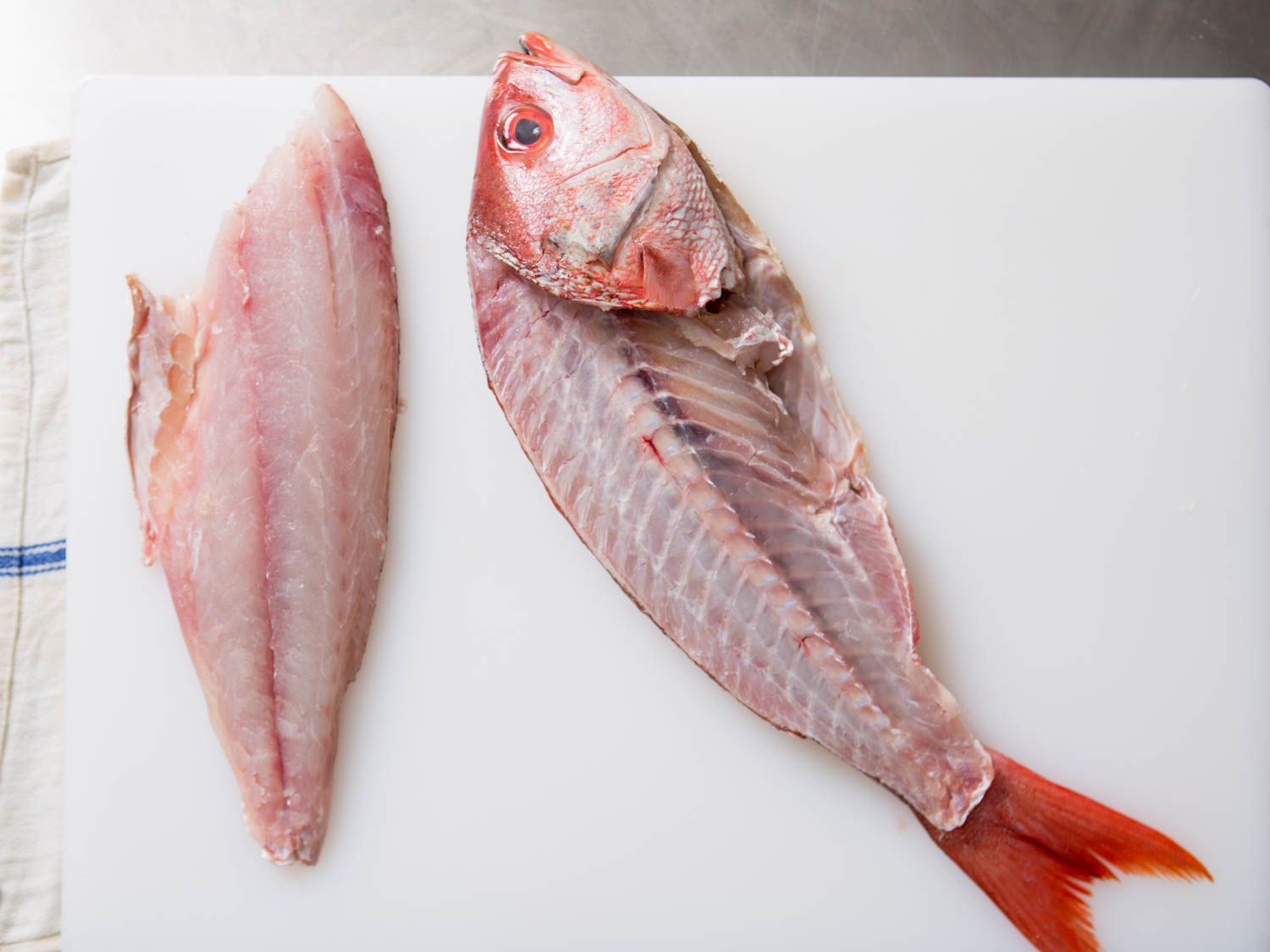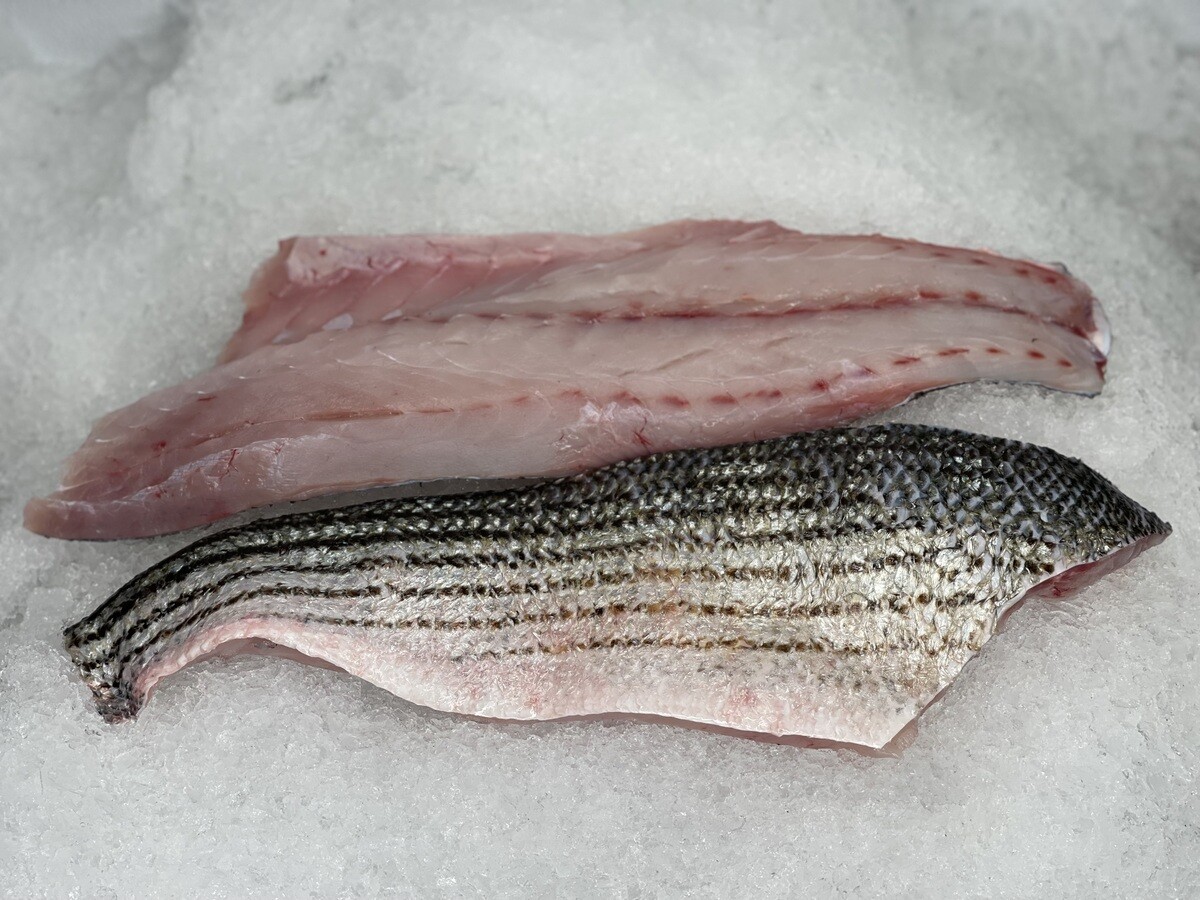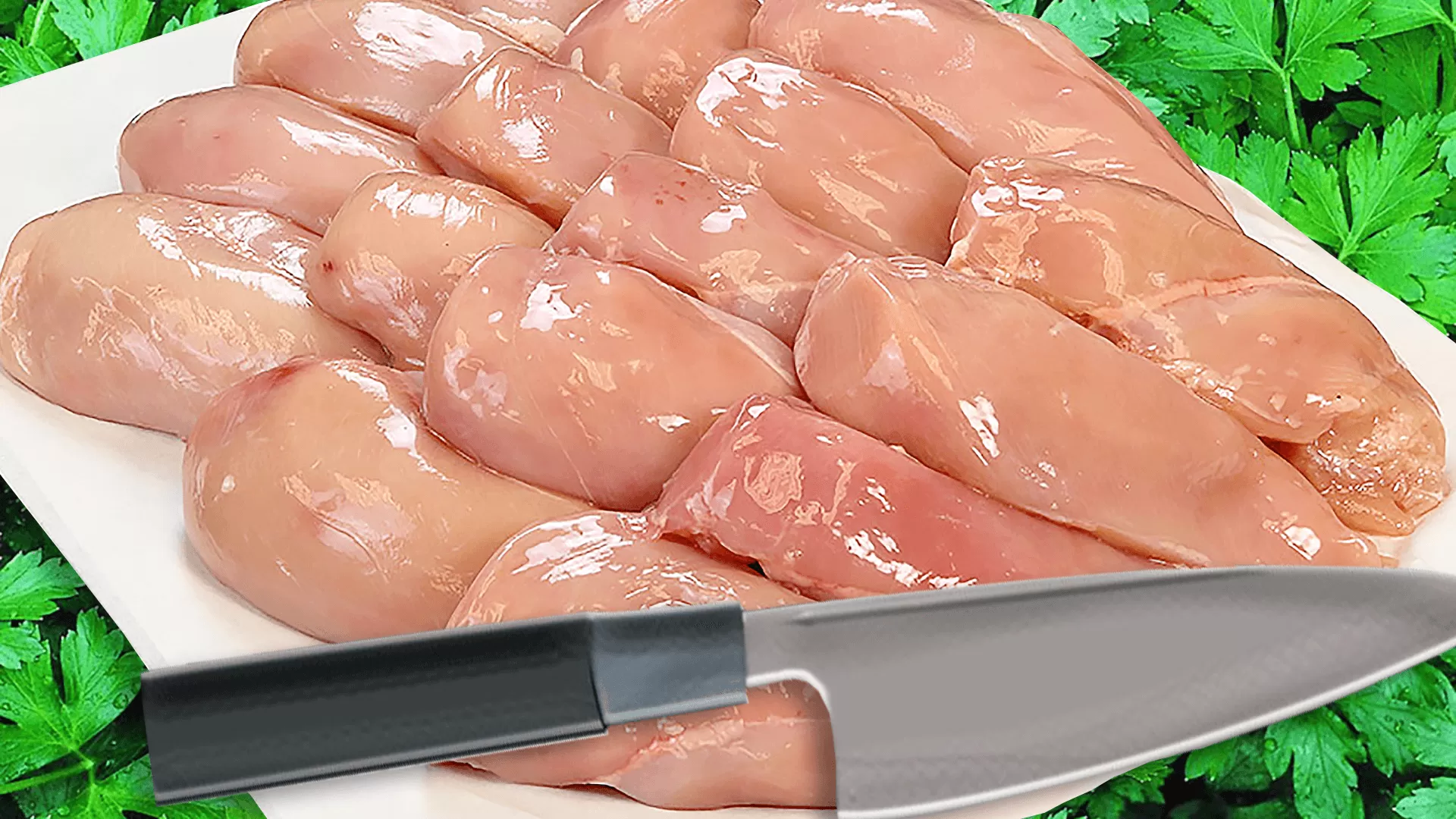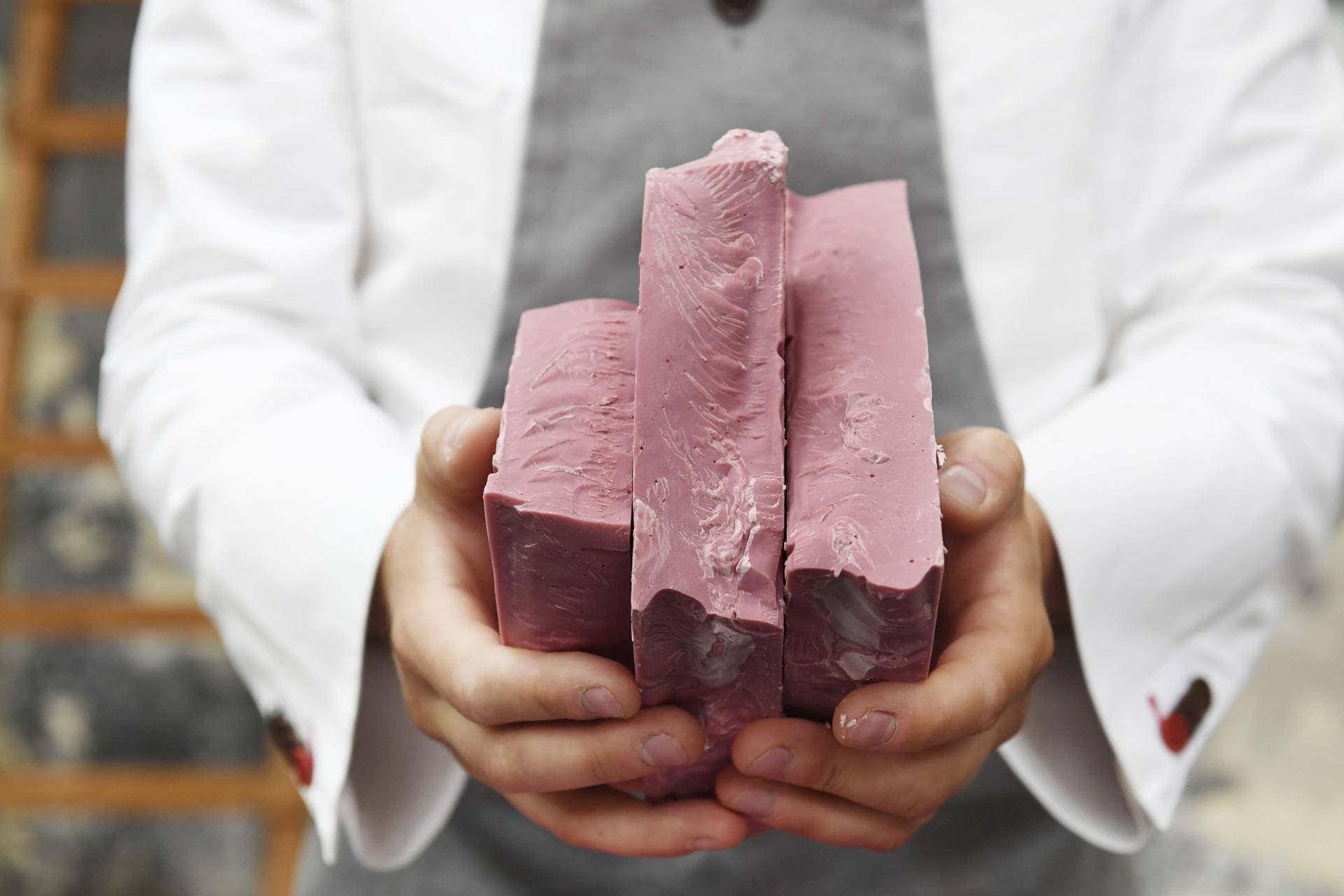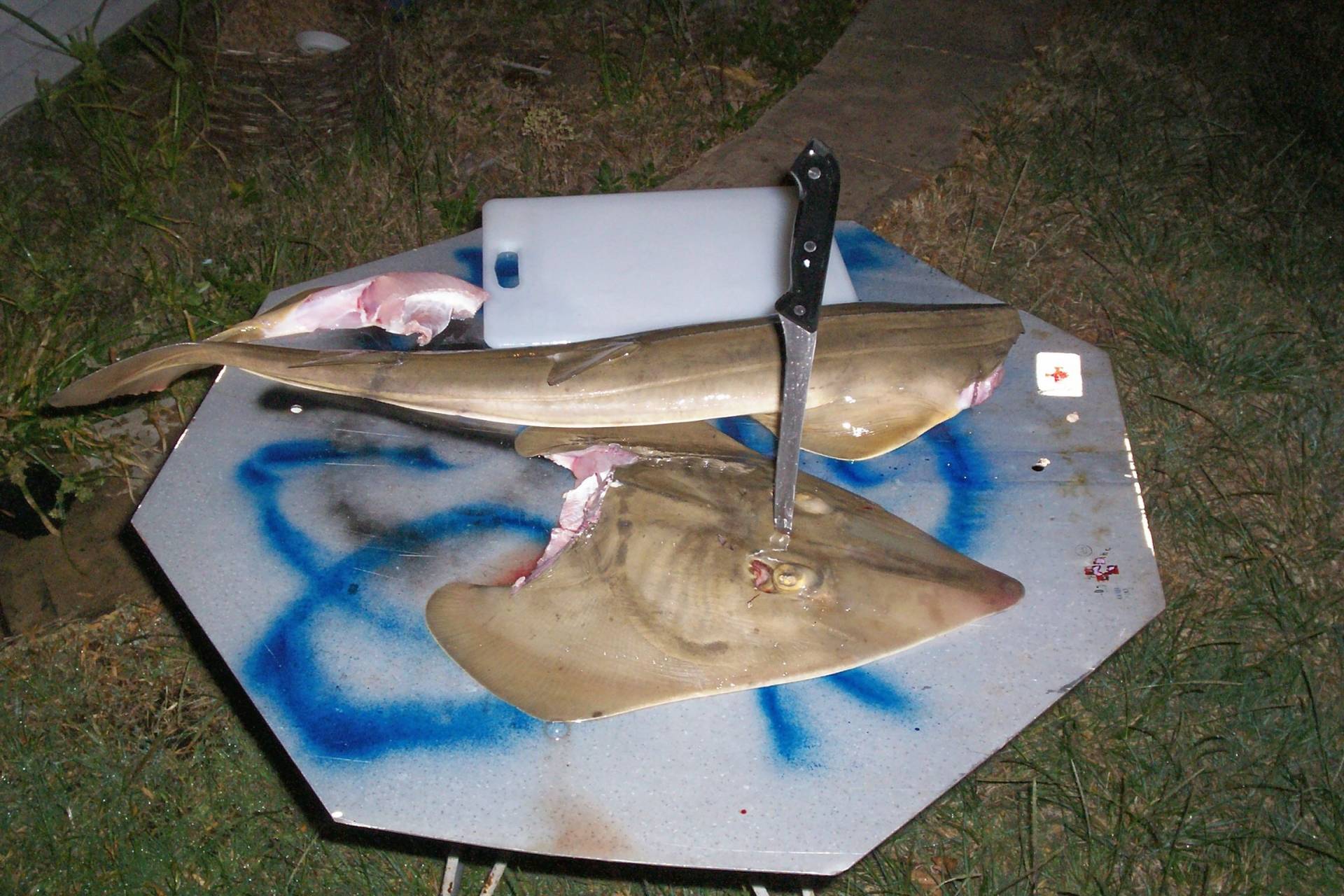Mastering the Art of Filleting Sole Fish
Are you a seafood enthusiast looking to elevate your culinary skills? Learning how to fillet sole fish is a valuable technique that allows you to savor the delicate flavors of this delectable seafood. Whether you’re a seasoned chef or a home cook, mastering the art of filleting sole fish will open up a world of culinary possibilities. In this guide, we’ll walk you through the step-by-step process of filleting sole fish like a pro.
Choosing the Right Tools
Before you embark on the filleting process, it’s essential to gather the right tools. Here’s what you’ll need:
- Sharp fillet knife
- Cutting board
- Paper towels
- Container for the fillets
Preparing the Sole Fish
Start by placing the sole fish on the cutting board. Using a sharp fillet knife, make a small incision behind the gills and pectoral fin to create an entry point for the fillet knife. Grip the fish firmly and carefully run the fillet knife along the backbone, separating the flesh from the bones in a smooth, fluid motion.
Removing the Fillet
Once you’ve made the initial incision, gently guide the fillet knife along the backbone, using smooth strokes to separate the fillet from the bones. As you work your way down the fish, use your other hand to hold the skin and keep the fillet in place. Take your time and pay attention to the natural contours of the fish to ensure maximum yield.
Trimming the Fillet
With the fillet removed, it’s time to trim away any excess skin or bones. Lay the fillet skin-side down on the cutting board and carefully run the fillet knife between the flesh and the skin, using a gentle sawing motion to separate the two. Once the skin is removed, inspect the fillet for any remaining bones and trim them away using the fillet knife.
Final Touches
After filleting the sole fish, it’s essential to rinse the fillets under cold water to remove any remaining scales or debris. Pat the fillets dry with paper towels to ensure they are clean and ready for cooking. If you’re not planning to cook the fillets immediately, store them in a container and refrigerate them to maintain freshness.
Mastering the Technique
Filleting sole fish requires practice and patience. As you become more familiar with the process, you’ll develop a keen eye for the natural lines and contours of the fish, allowing you to yield beautiful, boneless fillets with ease. Don’t be discouraged if your first attempts aren’t perfect – like any culinary skill, filleting fish takes time to master.
Enjoying Your Filleted Sole Fish
Once you’ve mastered the art of filleting sole fish, the culinary possibilities are endless. Whether you prefer to pan-sear the fillets with a simple seasoning or incorporate them into a flavorful seafood stew, your filleting skills will allow you to savor the delicate flavor and texture of sole fish in a variety of dishes.
Now that you’ve learned the step-by-step process of filleting sole fish, it’s time to put your skills to the test in the kitchen. With the right tools and technique, you’ll be able to enjoy the freshest, most flavorful sole fish fillets in your homemade seafood creations.
Happy filleting!
More Delicious Recipes Featuring Filleted Sole
Now that you've mastered the art of filleting sole, it's time to put those skills to the test with a variety of delectable recipes. From the simplicity of Classic Sole Meuniere to the exotic flavors of Moroccan Spiced Sole with Couscous, there's a dish to suit every palate. For beginners, the straightforward Pan Seared Sole with Lemon Butter Sauce is a must-try, offering a balance of tangy and buttery flavors that highlight the fish's delicate texture. If you're feeling adventurous, consider the Sole Ceviche with Citrus and Avocado, which uses the raw method of cooking through citrus, presenting a refreshing twist. These recipes not only allow you to practice your filleting skills but also expand your culinary repertoire with various cooking techniques and flavor profiles.

